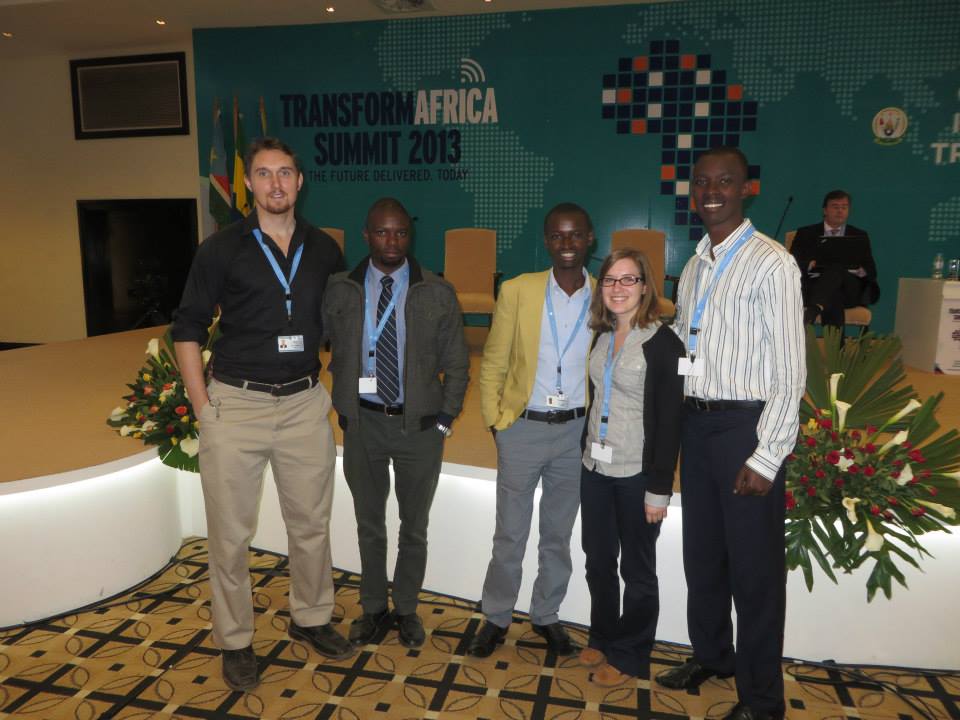“Let’s focus on the opportunities, not the challenges,” my co-worker offered. In a conversation about reaching health care workers through internet-based platforms and applications, this was a bold statement. How could you not consider the fact that many of the health care workers we were trying to reach in rural areas didn’t have electricity? Yet, in resource-constrained settings it can be easy to get lost in the logistics and lose sight of the vision, and in the process lose out on opportunities to “leap frog” development.
“Leap frogging”—a term championed at the Transform Africa Summit last October by President Kagame of Rwanda, where the conference took place. The conference, focused on Information and Communications Technologies (ICTs) for development, was full of technology aficionados from the private, public, and non-profit spheres, all looking for ways to apply technology to address development challenges.

The idea is that while many African countries are still developing electricity, water, and transport infrastructure, many are in a position to focus instead on building broadband capacity. While developing transport and other infrastructure is still important, investing in ICTs will create efficiencies that cut across all sectors.
Leap-frogging isn’t just an idea floating around the movers and shakers of technology and development. Vanu has been providing cellular coverage completely off the grid for over a decade. Korea Telecom predicts a fifty-dollar smartphone reaching the market within two years. Samsung has piloted a Telemedicine center that uses solar energy to provide internet to a nurse for voice-over-IP (VoIP) consultation purposes.
With broadband, cellular coverage, cheap devices, and solar energy, resource limited settings like Africa will have the technology to rapidly boost development without waiting for the slow expansion of other infrastructure. At IDI, this means pushing for platforms and applications that take advantage of the efficiencies offered by ICTs despite the challenges of lack of electricity and internet.
It’s possible to provide training to health workers through tablets that are charged by solar power and connected to the internet through wireless modems. Not only does this take advantage of the resources that are available, but it simultaneously creates a more efficient training model for IDI. Health workers are able to learn when and where they want, without interrupting their work schedules (unlike traditional classroom-based training). Moreover, IDI cuts the transportation, accommodation, and facilitator costs of bringing health workers to IDI for traditional classroom-based courses.
Focusing on the opportunities offered by ICTs, rather than the challenge of a lack of infrastructure, opens doors to innovative solutions to the issues affecting health care in Uganda. The challenges simply offer the opportunity for a greater impact.
